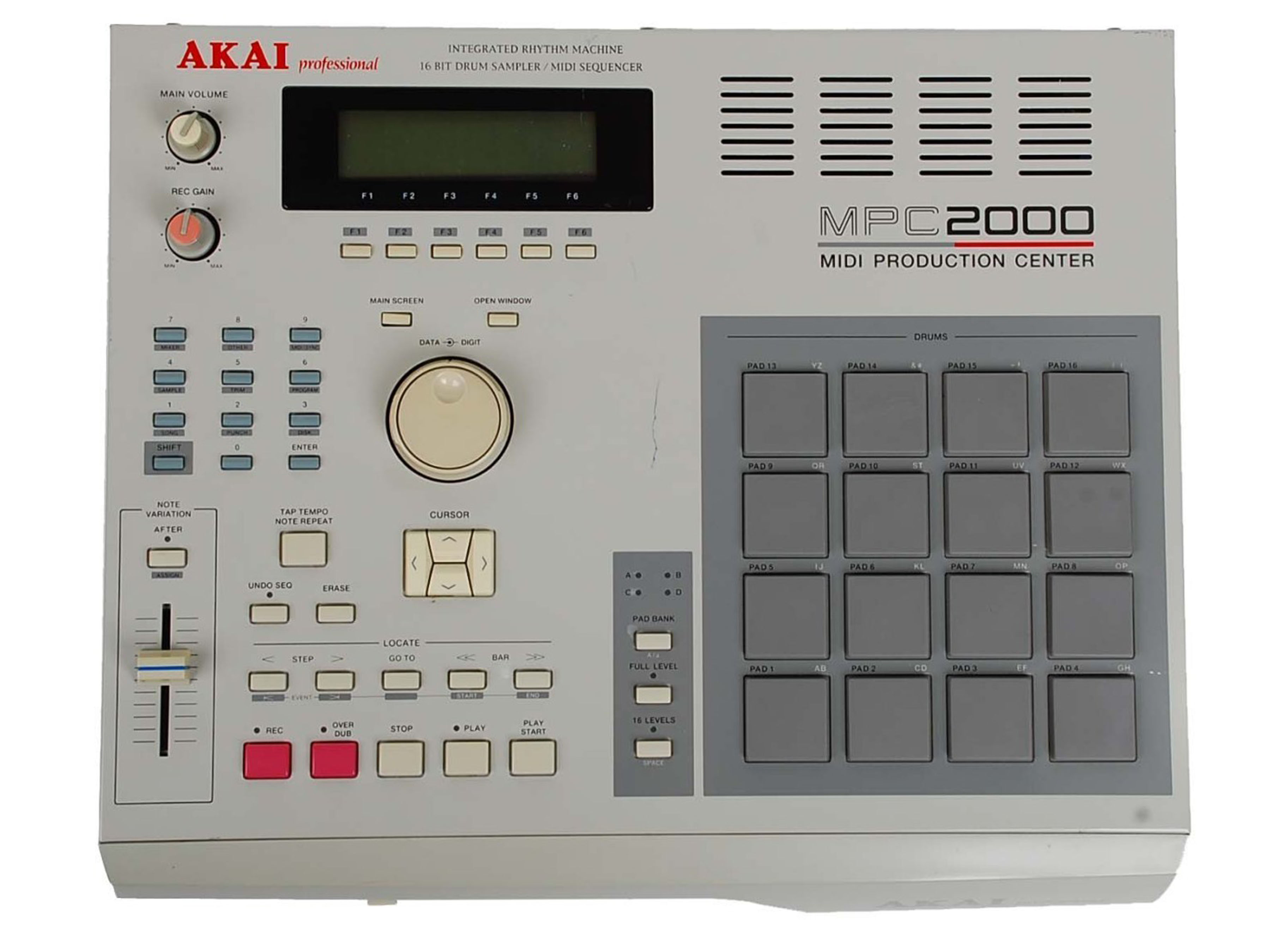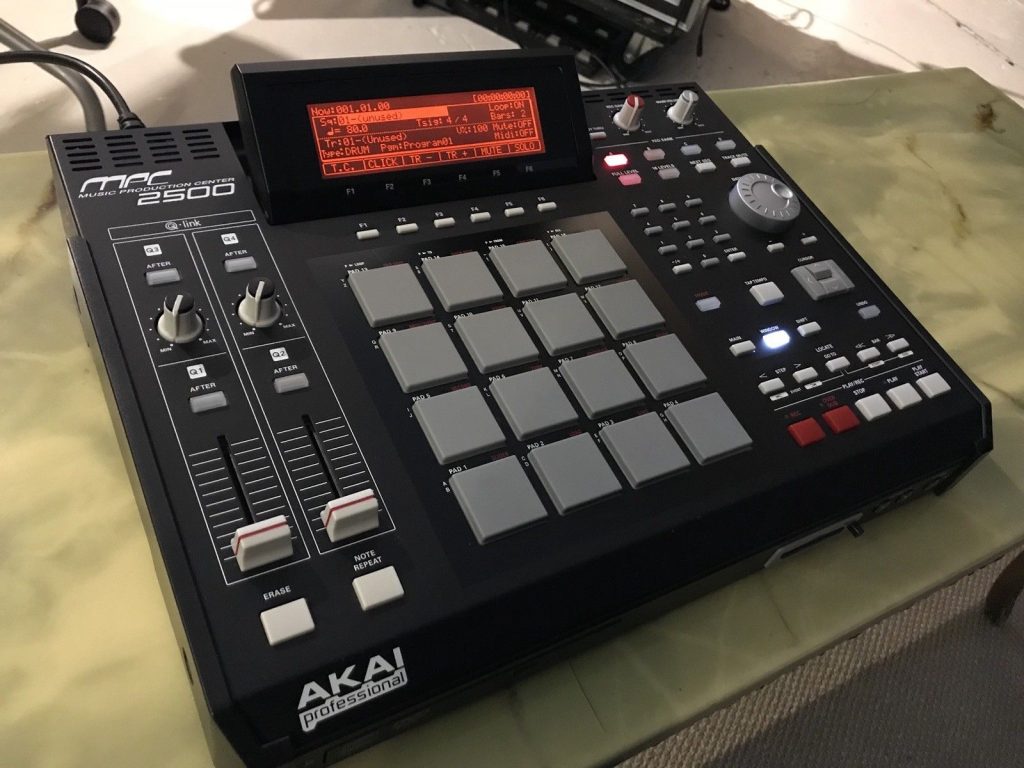

- #Akai s1000 sample library manual#
- #Akai s1000 sample library upgrade#
- #Akai s1000 sample library professional#
^ Akai S1000 Series Software Version 2.0 Manual (PDF). #Akai s1000 sample library professional#
^ "Akai Professional S1000 Stereo Digital Sampler". Notable users include 808 State, Boards of Canada, Bomb the Bass, Butch Vig / Garbage, Cabaret Voltaire, The Chemical Brothers, Crystal Method, Depeche Mode, Duran Duran, the Future Sound of London, Michael Jackson, Jean-Michel Jarre, Meat Beat Manifesto, Moby, My Bloody Valentine, Gary Numan, Nine Inch Nails (S1100), Orchestral Manoeuvres in the Dark, Pet Shop Boys, Portishead, Primal Scream, The Prodigy, Public Enemy, The Sisters of Mercy, The Stone Roses, System 7, Tears for Fears, Tricky, Vangelis, and Vince Clarke. It's the most spontaneous thing for making up little tunes." Conversely, Portishead's Dave McDonald simply called it a "horrible thing" due to its primitive interface. It's an old tank now, and the screen has faded so that I almost can't read it, but I know it inside out. In an interview taken over ten years after the S1000's release, Boards of Canada's Michael Sandison said "We have five or six samplers, but my favorite by far is still the Akai S1000. Many bedroom producers could make music using little more than an S1000 and an Atari ST to sequence it, and in the UK this combination was a popular way of producing music in genres from jungle to speed garage. The S1000 quickly displaced the S900 as the studio standard sampler. IB 102 Atari / Supra hard disk interface. EXM005 2MB RAM (up to three can be fitted, for 8MB RAM in total). #Akai s1000 sample library upgrade#
The following expansion cards are available to upgrade the abilities of any S1000 series sampler:
The S1100EX was an expansion for the S1100, including everything except the front panel, to increase its polyphony and timbrality. The S1100, released in 1990, was an expanded and enhanced version of the S1000. The S1000PB was a playback-only version that couldn't create new samples. The S1000KB was built into a keyboard, and included room for an internal 80MB hard disk. The S1000HD included an internal 40MB hard disk. Several variations of the S1000 were produced: 

Far from seamless, this distinctive sound became popular in its own right, featured on songs such as " Higher State of Consciousness" and " RipGroove". Version 2.0 of the S1000's operating system introduced primitive timestretching, allowing a sound's pitch and length to be altered independently of one another. The S1000 used 24-bit internal processing, had digital filters and an effects send and return, and came with 2MB of RAM (expandable to 32MB). Its abilities to splice, crossfade, trim, and loop sound in 16-bit CD quality made it popular among producers in the late 80s through to the mid 90s. The S1000 was among the first professional-quality 16-bit stereo samplers. The Akai S1000 is a 16- bit, 44.1 kHz professional stereo digital sampler, released by Akai in 1988. 2MB (expandable to 32MB - originally 8MB maximum)







 0 kommentar(er)
0 kommentar(er)
